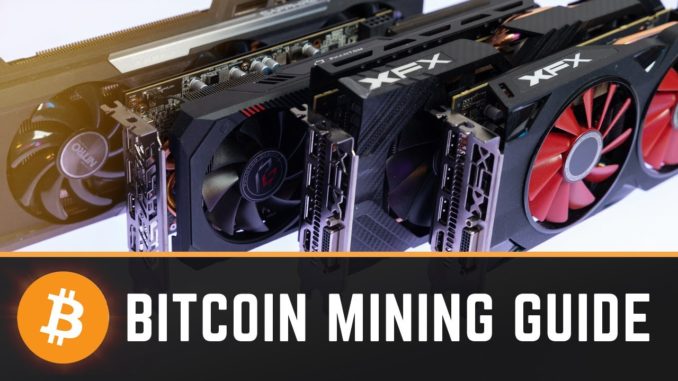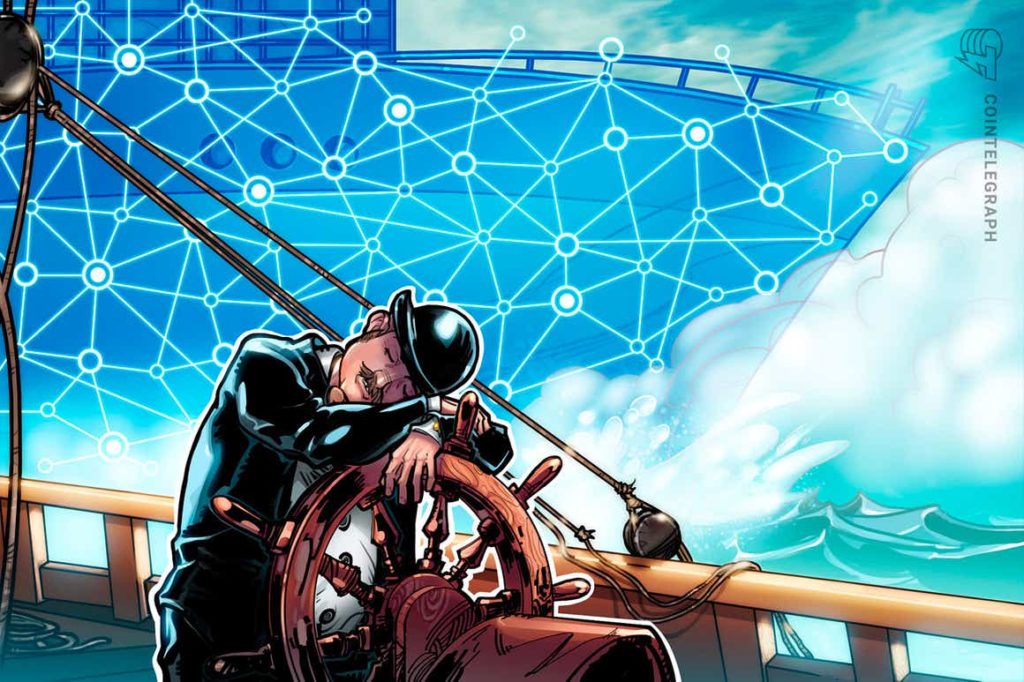To understand the complexity of digital rights management, or DRM, one must first understand the DRM challenges of current systems and then the challenges (and opportunities) presented by blockchain technology that prides itself on transparency, data linkage and immutability as some of the main characteristics that lends itself to the trust systems.
With Web 2.0, content creation and dissemination are via a platform that acts as an intermediary and, like any intermediary, has developed business models that monetize the avenues of content distribution, resulting data and metadata. Digital content (movies, images, music, etc.) can be replicated easily, and the platforms create economic moats and control mechanisms to access content with the complicated n-tier design of passwords, authentication, authorization and usage metering.
Over time, that has been exploited due to vulnerabilities of Web 2.0 technology that was designed for information dissemination. Web 3.0 based on blockchain systems, challenges this model by fundamentally changing the platform characteristics of Web 2.0-enabled platforms, as all constructs of Web 3.0 revolve around decentralized (or in some cases quasi-decentralized), design-led models and enforce fundamental tenets of trade (of digital assets), trust (enforced by protocol, i.e., consensus models) and ownership (claim on the asset).

The advent of Web 3.0 changes the fundamental computer models by decentralizing computer ones: storage and interconnection wrapped with an incentive economic structure that promotes participation and engagement and gives birth to a completely new platform of economic structure. In a true digitally-driven marketplace, the blockchain-powered network ensures that dynamic marketplace relationships and interactions are reflected in a systemic and intelligent way.
Related: How NFTs, DeFi and Web 3.0 are intertwined
As we design blockchain networks for industries, we see interesting new business models emerge, leading many organizations to rethink their current business models, the competition and the overall market landscape. This co-creation implies openness and the ability for participants to exchange data across the nodes that support the new wave of Web 3.0 infrastructure. This implies the storage of data, content and other treasured memes that are reflective of the digital community and peer-to-peer culture which is so intrinsic to blockchain-based ecosystems.
With these design and distribution tenets, how are “digital rights” managed on the blockchain with no clear standards around identity, access and challenges around interoperability? The blockchain system is fundamentally a transaction system, secured by a distributed computer for resiliency and efficiency, and the constructs of wallet (private-public key structure) provide a claim framework for digital assets secured by the transaction system. DRM simply cannot fit into the safekeeping of private keys with wallets or claims on the assets. While ERC-721 and ERC-1155 provide a nonfungible token (NFT) framework, it certainly does not provide systemic support and technological protection measures centric to a single platform.
Rethinking DRM for digital assets on digital ledgers
Revisioning DRM requires rethinking beyond access to data and content that can be copied and replicated. We need to start including the notions of value, ownership and claims as design imperatives. These design imperatives can be part of layer one, which would be systemic, or built on as a layer-two application or decentralized autonomous organization (DAO).
NFTs revolutionized the creative landscape for art, culture, music, sports and more, but the nature of digital content and the perils of such remain, and wrapping this tokenized representation with enciphered verification and a validation process guaranteed by the blockchain is not sufficient. That is, because these are confined to a single network and may need to use bridges to move the tokenized representations with additional verification, and that only addresses the ownership or claim. It does not guarantee “rights.”

We need to embark on a model that builds upon the digital ledger technology and systems that treat digital rights as an irrefutable claim and include licensing and attribution in access and claims to a tokenized representation. This can be achieved by developing an identity as an NFT token and subsequently using the token with licensing and attribution that provides irrefutable claim and access, thereby delegating the attribution to the tokenized representation. Such a design will include a multitoken model that would need to be joined for claims and access — such as an identity token for which licensing and attribution are either asset classes or metadata — and the NFTs would be the assets that would then need proof of ownership or licensing and an attribution meta-model. The model would use the Web 3.0 economic structure to store, verify and deliver content.
My notable learning with Decentralized Information Assets (DIA)
To understand this space, I wanted to immerse myself with innovative teams that are focused on solving some crippling industry issues, as well as being forced to think creatively about digital rights management as a part of the solution. After a lot of research, I came across DIA and was fortunate to work with an amazingly talented team of people who are heads down in solving some very key issues of providing market data with oracles.
In most markets, market data is defined as the price of an instrument (an asset, security, commodity, etc.) and trade-related data. This data reflects the market and asset class volatility, volume and trade-specific data, such as open, high, low, close, volume (OHLCV). It also includes other value-added data such as order book data (bid-ask spread, aggregated market depth, etc.) and pricing and valuation (reference data, traditional finance data like first exchange rates, etc.). This market data is instrumental in various financial econometrics and applied finance.
To be aligned with the Web 3.0 thematic interaction models, this market data and aggregated data from various sources would have to adhere not only to decentralized and Web 3.0 principles but also to truly digital handshakes, where projects, or DAOs, can interact with one another and digital objects while operating virtual representations. I learned a lot with this team about solving the issues of the efficient use of oracles with a focus on decentralized design and enterprise access that highlighted the DRM design structure.
The imperative was a tolling structure with the use of a DIA-triggered token called Autonomous Right Token, or ART, that provided access to a set of aggregated or custom market data. This essentially creates the data infrastructure to enable a harmonized, interconnected metaverse that further enables a tokenized NFT to include not only digital rights (via an ART) to market data but also all the virtues of a token in secondary markets and transfers the ART. It is remarkable that the design uses NFTs to store, track and enforce data rights and enables fully decentralized life cycle management for licenses from creation across distribution to tracking and monetization. While there is more work to be done, creative ideas like these represent the innovative thinking the industry needs in order to solve some very complex problems around the tokenized representation of content. Twitter’s NFT verification is another great example.
This article does not contain investment advice or recommendations. Every investment and trading move involves risk, and readers should conduct their own research when making a decision.
The views, thoughts and opinions expressed here are the author’s alone and do not necessarily reflect or represent the views and opinions of Cointelegraph.
Nitin Gaur is the founder and director of IBM Digital Asset Labs, where he devises industry standards and use cases and works toward making blockchain for the enterprise a reality. He previously served as chief technology officer of IBM World Wire and of IBM Mobile Payments and Enterprise Mobile Solutions, and he founded IBM Blockchain Labs, where he led the effort in establishing the blockchain practice for the enterprise. Gaur is also an IBM-distinguished engineer and an IBM master inventor with a rich patent portfolio. Additionally, he serves as research and portfolio manager for Portal Asset Management, a multi-manager fund specializing in digital assets and DeFi investment strategies.





